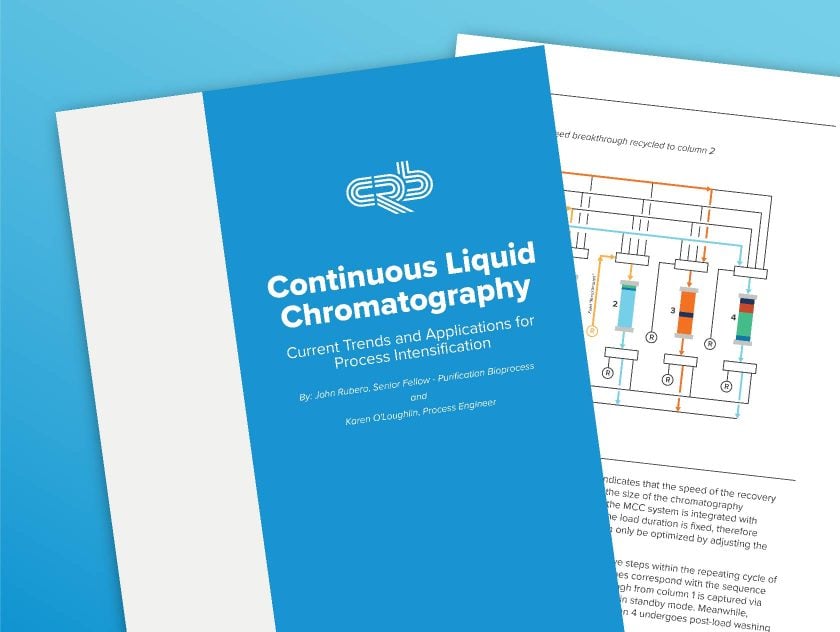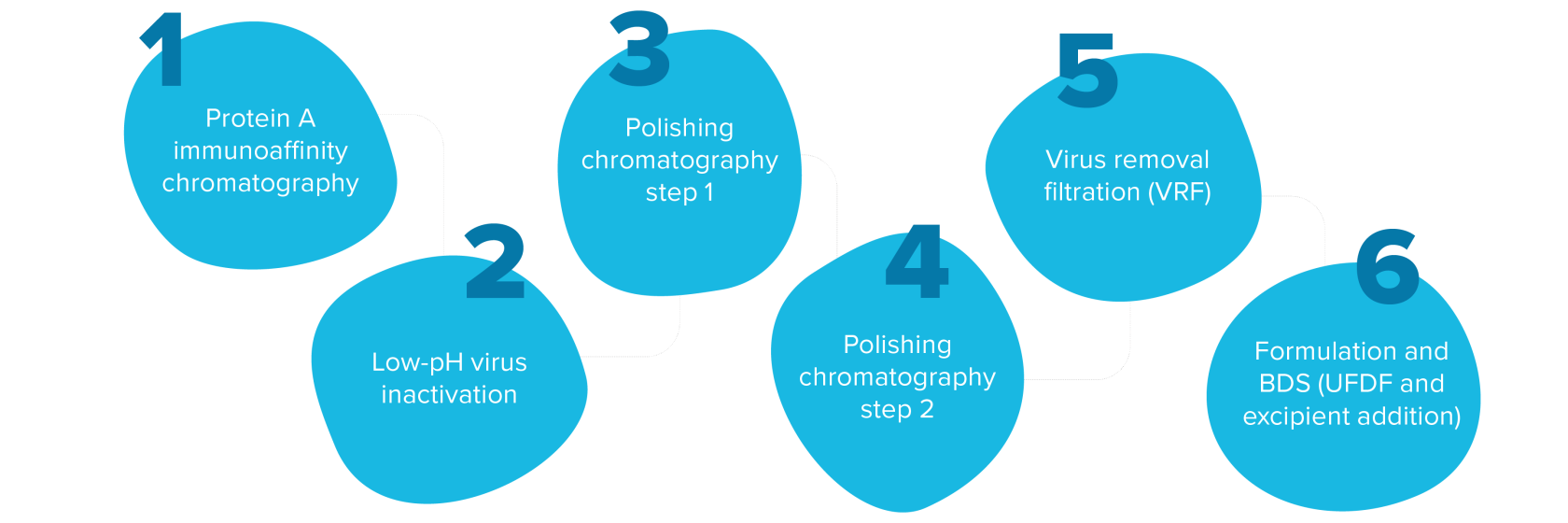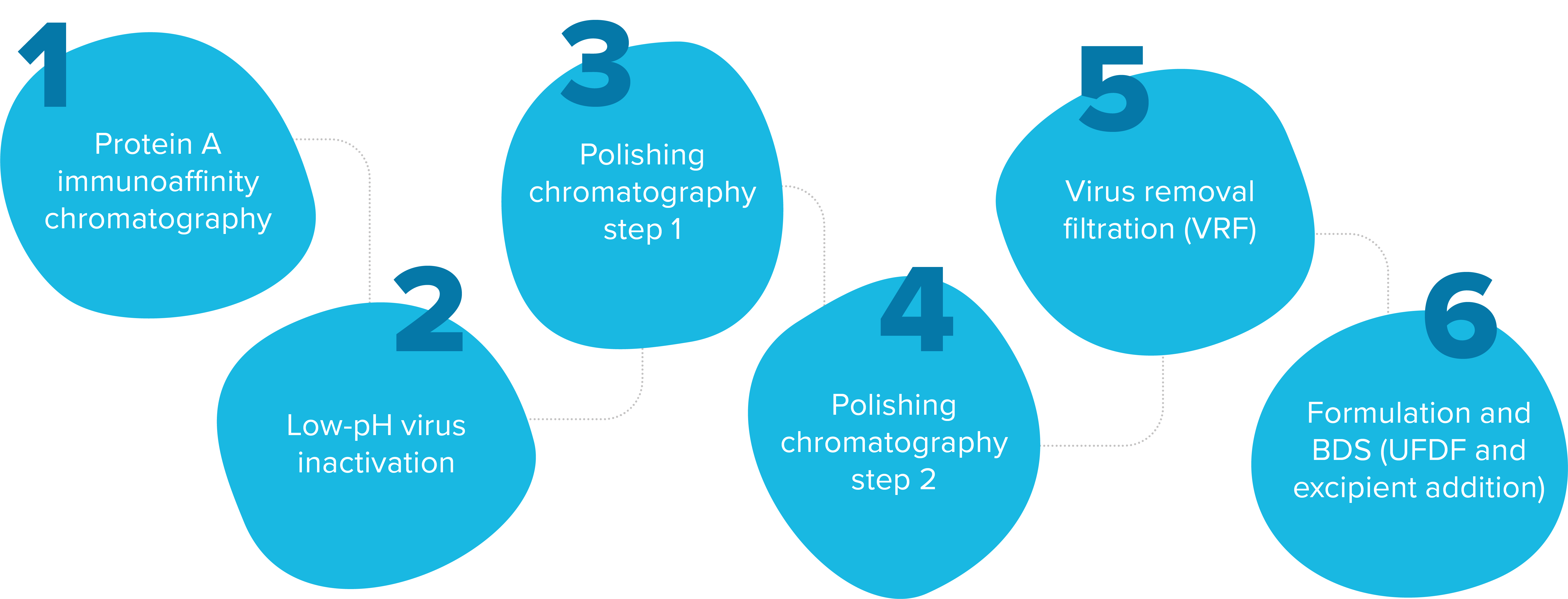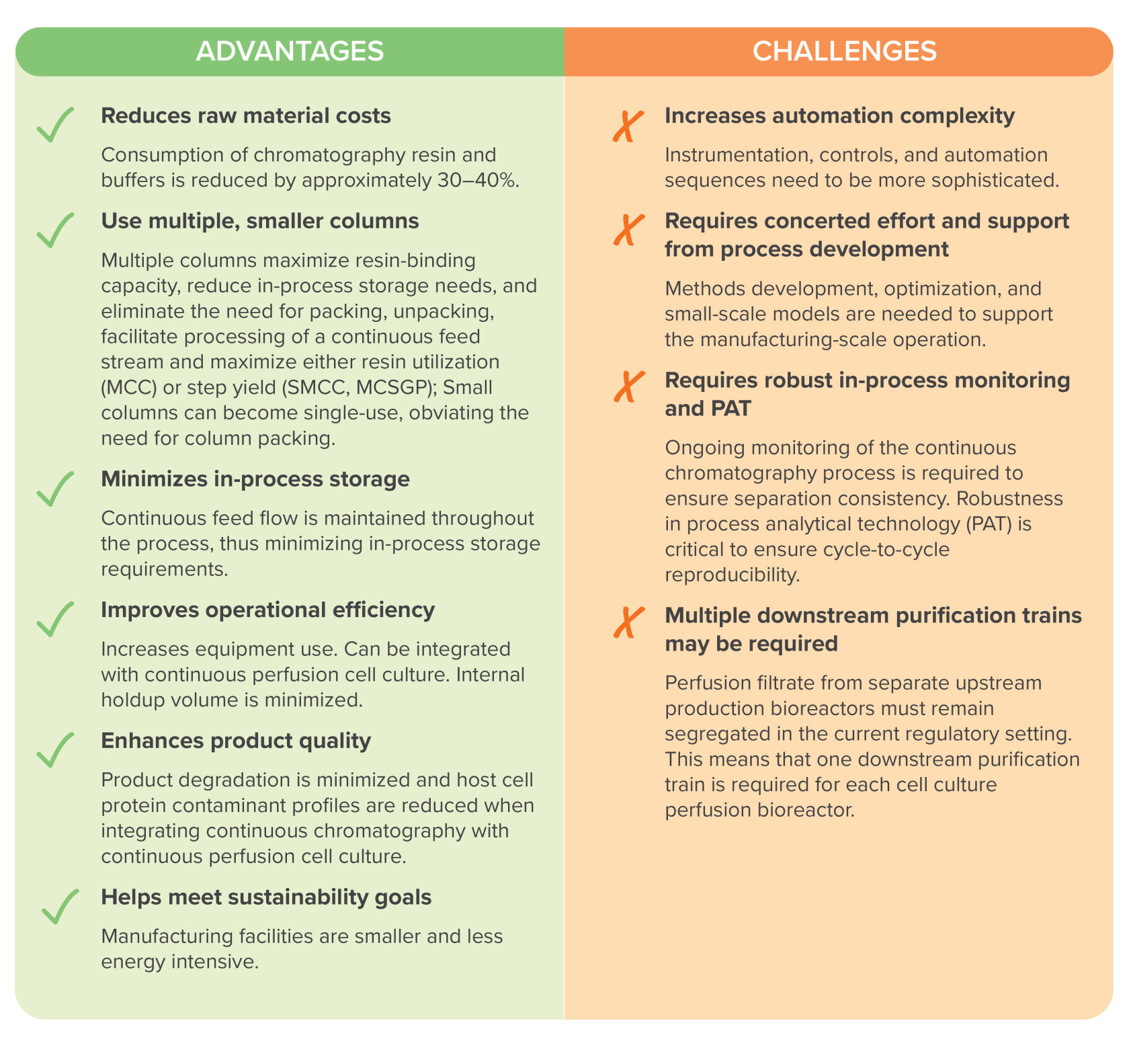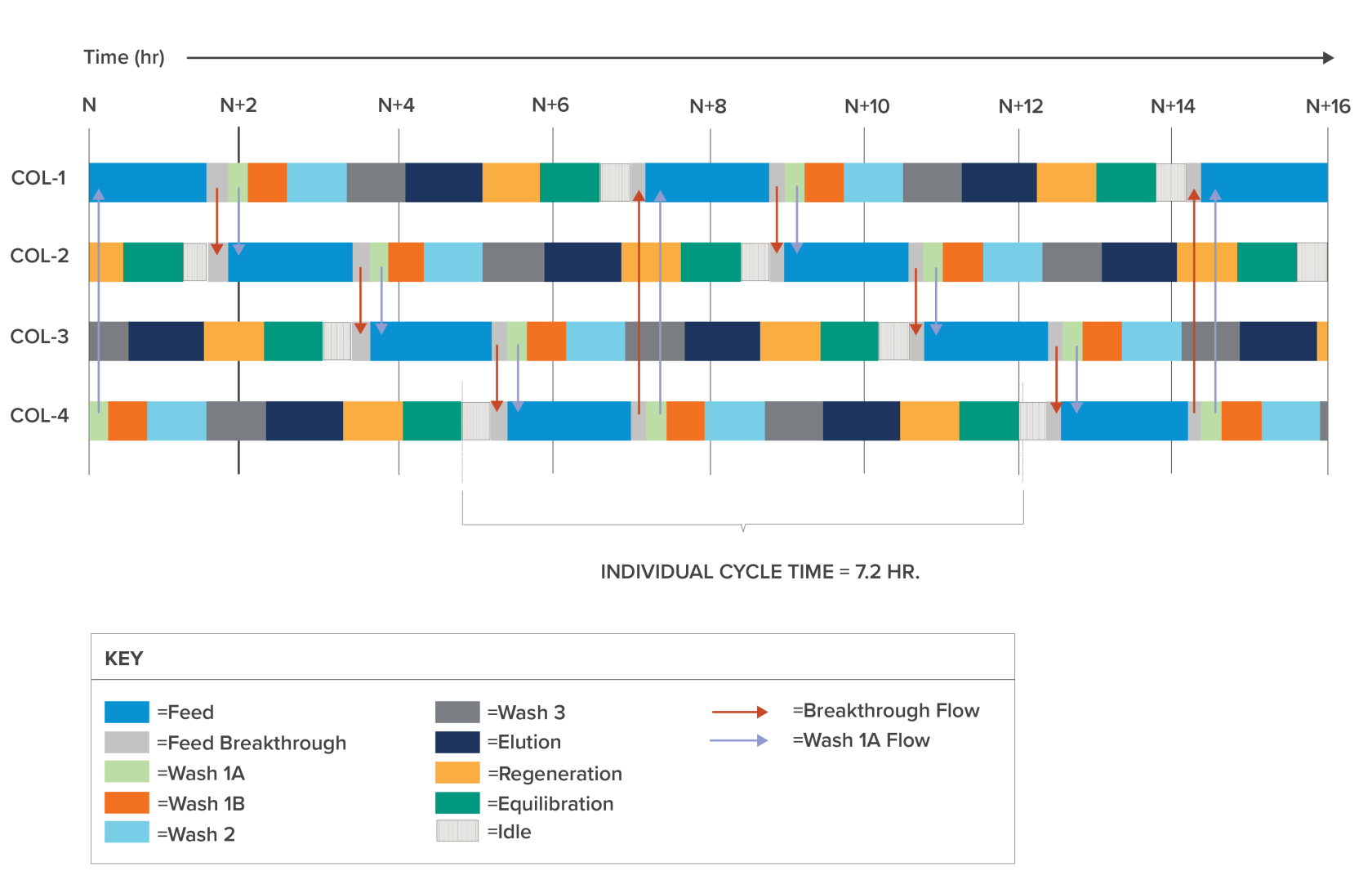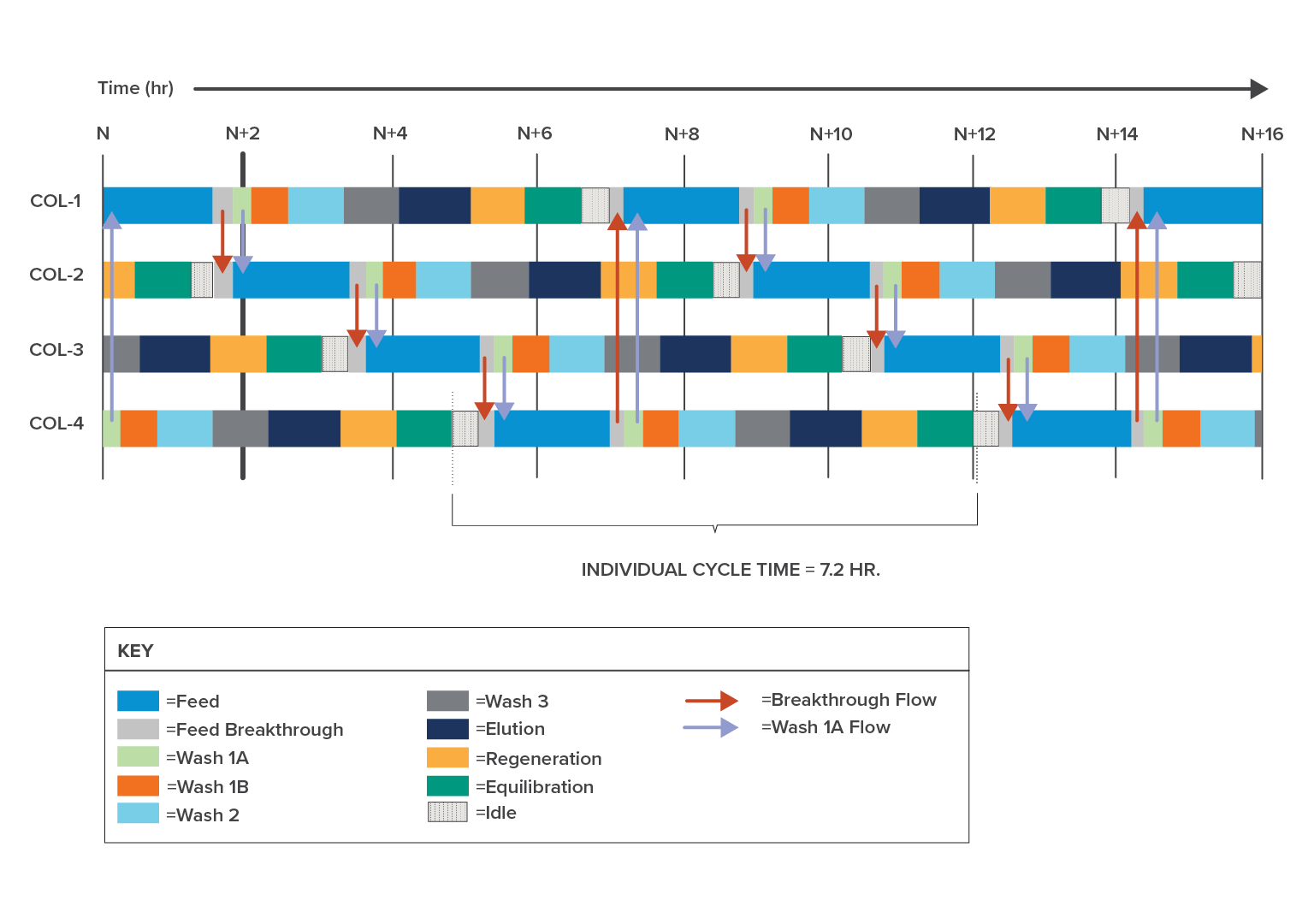
An introduction to modern monoclonal antibody manufacturingAn in-depth review of what a monoclonal antibody is, how it’s produced and the challenges the industry faces.
Read More
An in-depth review of what a monoclonal antibody is, how it’s produced and the challenges the industry faces.
Read More
Which is more sustainable: stainless steel or single-use systems?An in-depth analysis of the environmental impacts of single-use technology and stainless steel systems in pharma and biotech manufacturing.
Read More
An in-depth analysis of the environmental impacts of single-use technology and stainless steel systems in pharma and biotech manufacturing.
Read More


